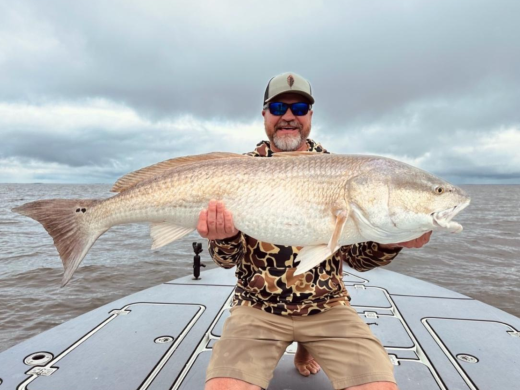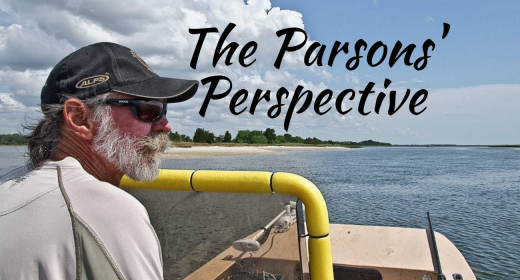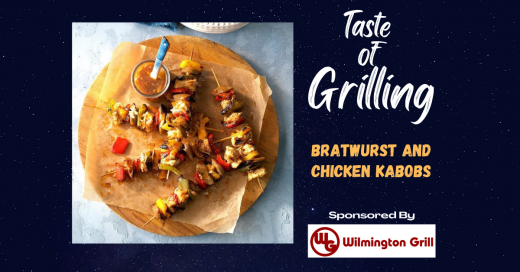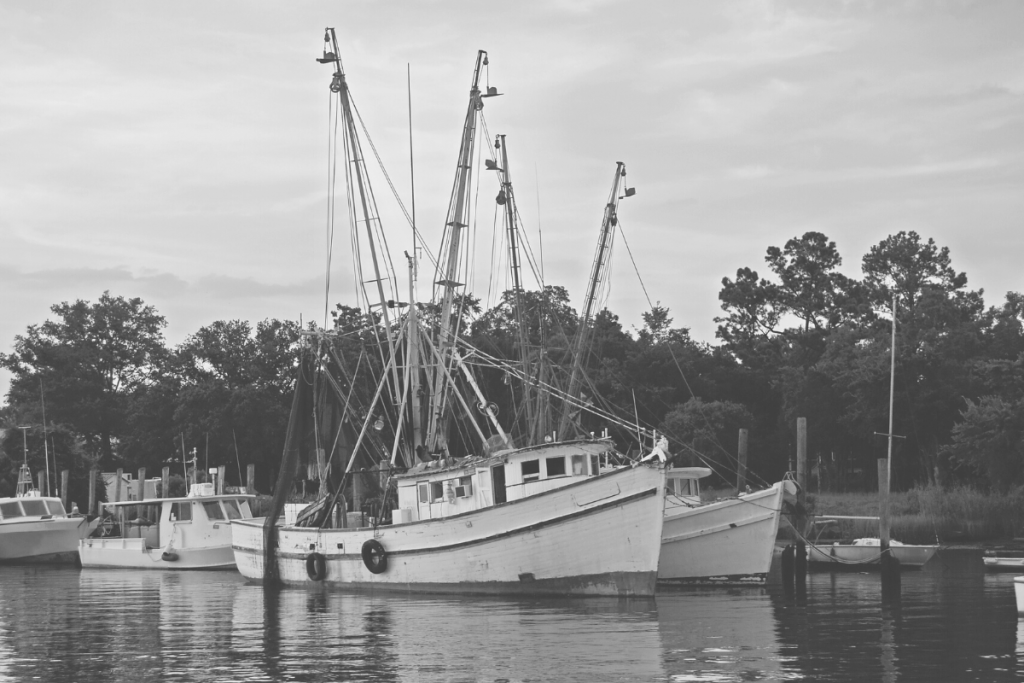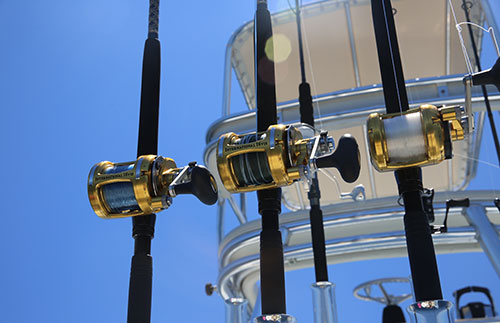South Carolina’s Hidden Fishing Secret…..The Hammock Coast
When you leave the bright lights, pancake restaurants, and t-shirt shops and head south from Myrtle Beach, you’ll notice that the traffic begins to thin out a bit, and the South Carolina low-country beauty replaces the flashing lights and flying helicopters of the Grand Strand. You start to see names like Murrells Inlet, Georgetown, Winyah Bay as well as the Sampit and Pee Dee Rivers. You now have arrived in one of the best fishing spots in America. For generations, both North and South Carolinians have kept this saltwater fishing paradise to themselves.
Going back in history, the Waccamaw Native Americans were some of the first people to fish in the area. In the early 1800s, European settlers arrived and discovered the phenomenal fishing resource here. Soon after came the commercial fishermen that began to export fish to markets in Charleston and other nearby towns. The local residents quickly learned that fishing was certainly the area’s greatest asset and joined their commercial fishing neighbors by taking small boats into the area creeks and even larger bodies of water such as Winyah Bay, the Pee Dee River, and the Waccamaw River. They would row to their favorite fishing spot to catch everything from Shrimp, Flounder, and Speckled Sea Trout as well as Crab, Oysters, and more. All in large amounts.
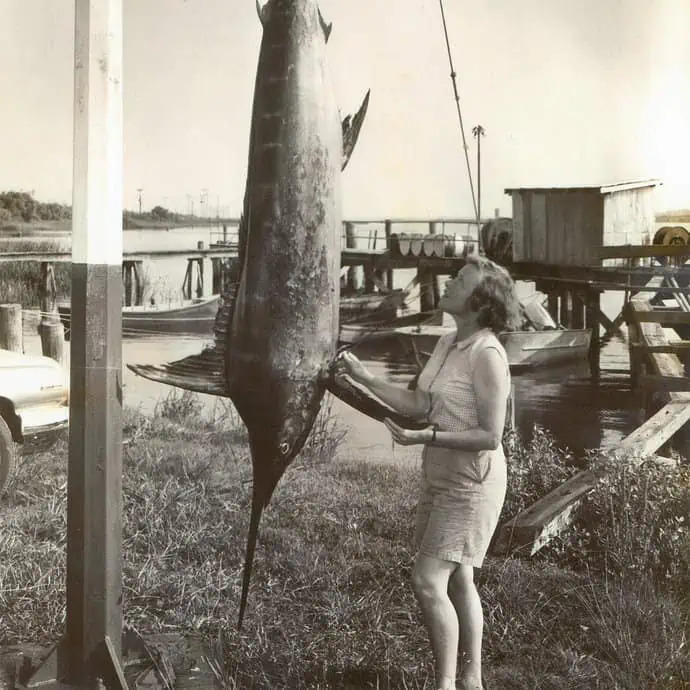
The state’s first blue was landed by Mrs. Katherine “Cappy” Fitzgerald in June 1964. Courtesy Lisa Fitzgerald
Shortly after the turn of the century and the invention of the gas boat motor, fishing became a larger part of the area’s table fare and as a means of making a living. In 1962 offshore fishing pioneers like Cappy and wife Dinks Fitzgerald of Spartanburg, SC made South Carolina history by catching the state’s first Blue Marlin. The fishing history of Murrells Inlet and Georgetown is still being made today with events like the Georgetown Blue Marlin Tournament, now in its 55th year. The tournament is part of the South Carolina Governor’s Cup Series and is held every May, as well as other inshore fishing tournaments that take place nearly all year long. The rich nutrients of all the feeder rivers combined with the changing tides of the Atlantic, make this a small part of the South Carolina coast one of the most unique and underrated saltwater fishing spots on the east coast of the United States.

Big Tuna’s Dockside Restaurant, Georgetown, SC
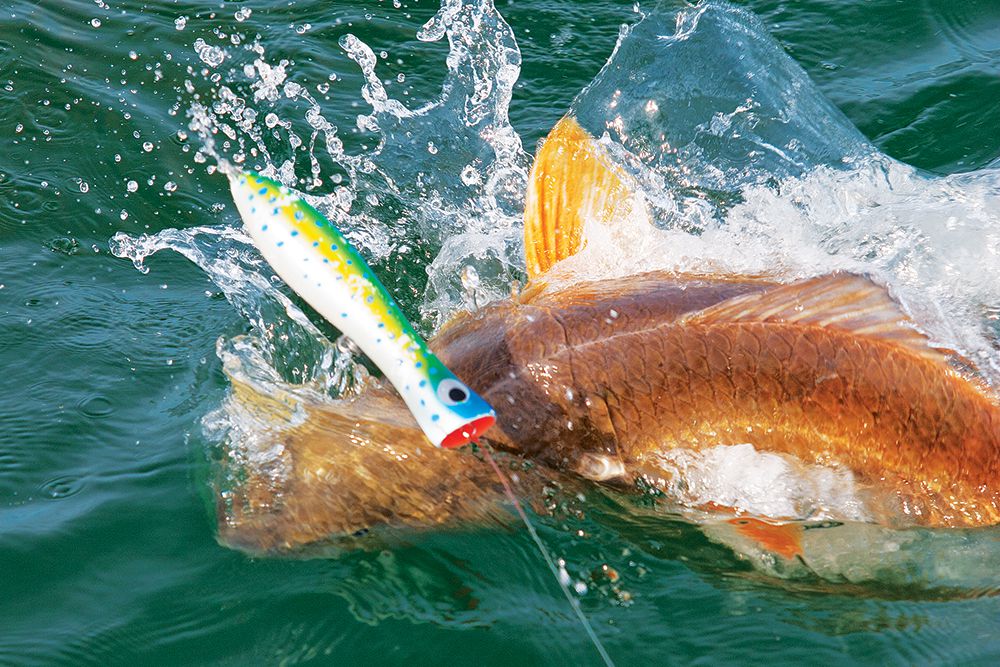 Murrells Inlet and Georgetown, also known as the Hammock Coast, are a part of not only the fishing history, but a part of enjoying life. While the locals continue to make inshore and offshore fishing a part of their lifestyle, anglers from other areas have migrated in. Some visit for a week or weekend of fishing and others have second homes there in order to wet their saltwater fishing appetite just a little more convenient. Also, it makes for easy access to some of the greatest restaurants in America, serving up seafood on platters of fish or shrimp, whatever your seafood choice, and hushpuppies that you can’t get enough of. And we don’t have enough time to talk about the crab legs! The welcoming atmosphere and waterfront table dining, the many shops, and fishing tournaments, combine to make Hammock Coast a “vacation must”.
Murrells Inlet and Georgetown, also known as the Hammock Coast, are a part of not only the fishing history, but a part of enjoying life. While the locals continue to make inshore and offshore fishing a part of their lifestyle, anglers from other areas have migrated in. Some visit for a week or weekend of fishing and others have second homes there in order to wet their saltwater fishing appetite just a little more convenient. Also, it makes for easy access to some of the greatest restaurants in America, serving up seafood on platters of fish or shrimp, whatever your seafood choice, and hushpuppies that you can’t get enough of. And we don’t have enough time to talk about the crab legs! The welcoming atmosphere and waterfront table dining, the many shops, and fishing tournaments, combine to make Hammock Coast a “vacation must”.
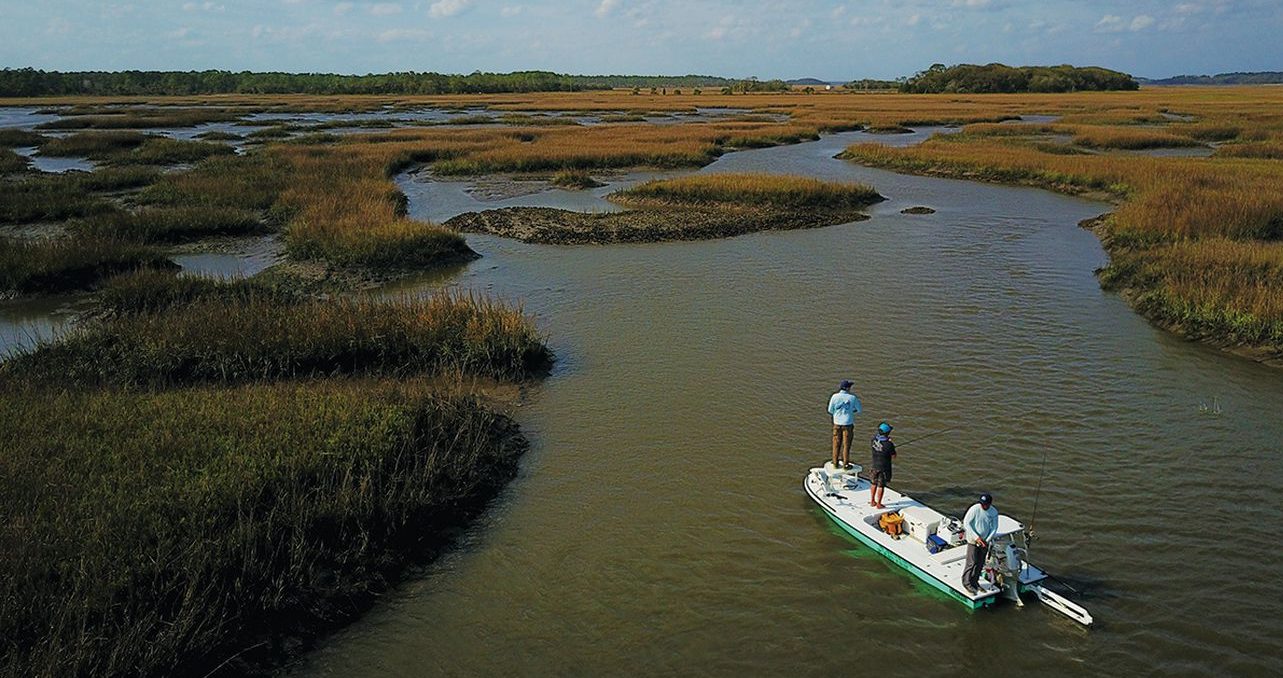
While the Hammock Coast doesn’t have the glitz of its neighbor, Myrtle Beach, it does have a proud history, and comes with five rivers of tannin-rich waters with a beautiful low country backdrop of marsh grass and oyster beds. It’s home to numerous species of fish just waiting for your lure to be thrown in their direction. It’s also the starting point for the offshore fishing trip that includes fishing for Mahi, King Mackerel, and Blue Marlin, to name only a few.
But, the true southern history of the Hammock Coast and it’s fishing and lifestyle is what brings charm to the area, and you can appreciate what it provides today.
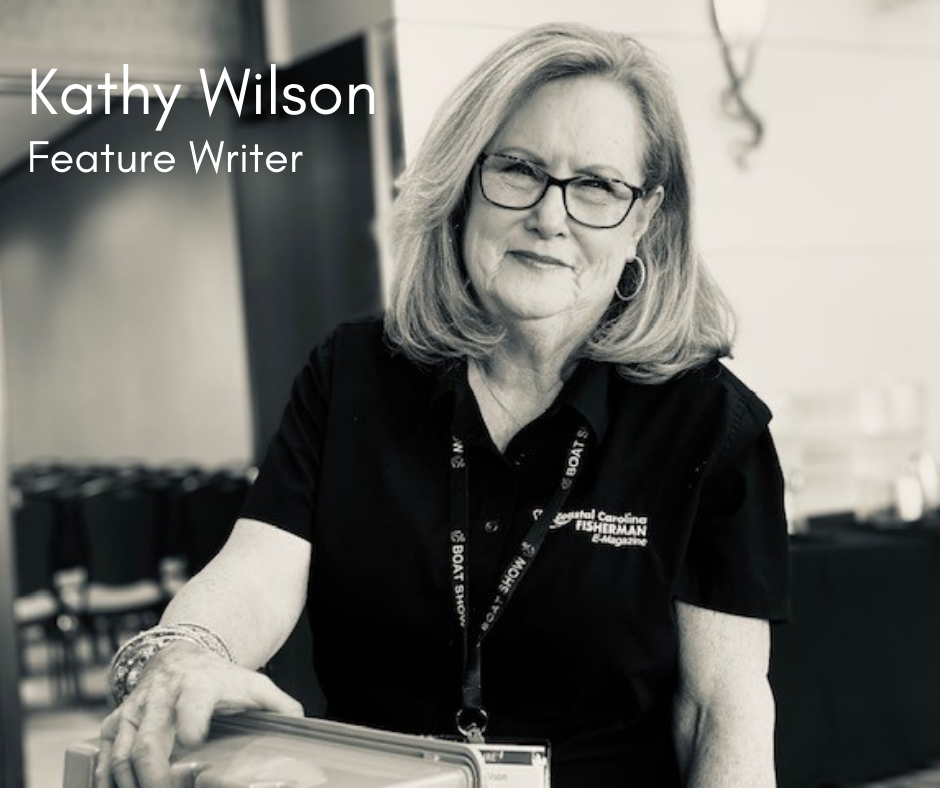
You may be interested
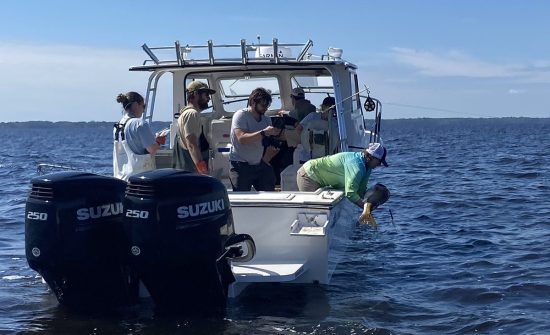
Satellite Tracking Study Aims To Unlock More Red Drum Secrets
Tim Wilson - April 8, 2025A pilot study tracking a popular saltwater fish was not expected to yield as much information as it did in its first year. When the North Carolina…
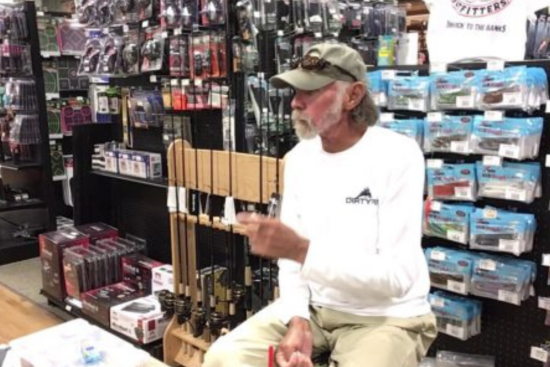
9 Things Fishing Guides Won’t Tell You
Tim Wilson - April 8, 2025We’re all amazed at how fishing guides nearly always know what to do and where to go to put fish in the boat. Most guides are fishing…
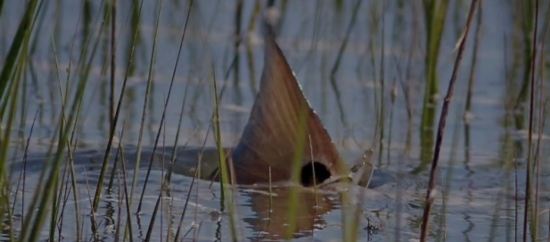
How the Moon Phase Impacts Inshore Fishing
Tim Wilson - April 3, 2025The late spring and early summer months are a time of the year when the inshore goes thru a transition period. It's when the fish come out…
Most from this category
